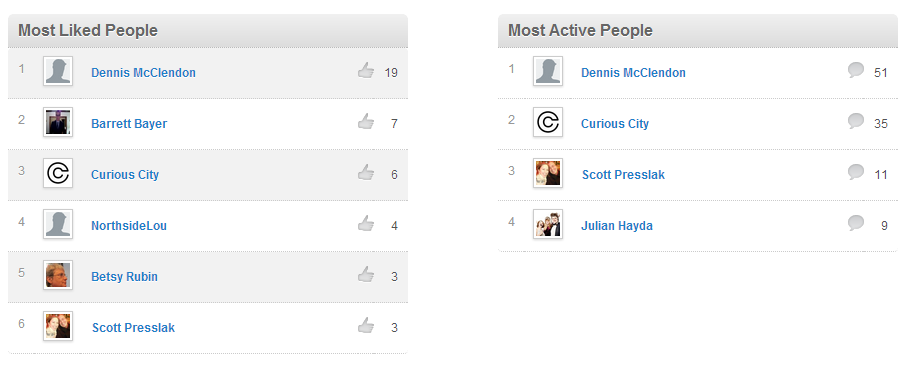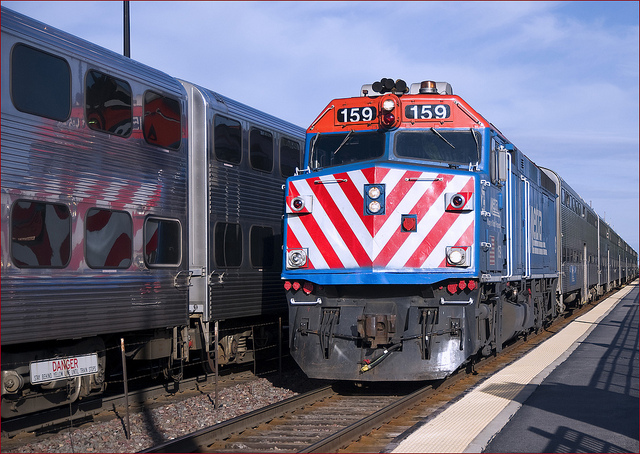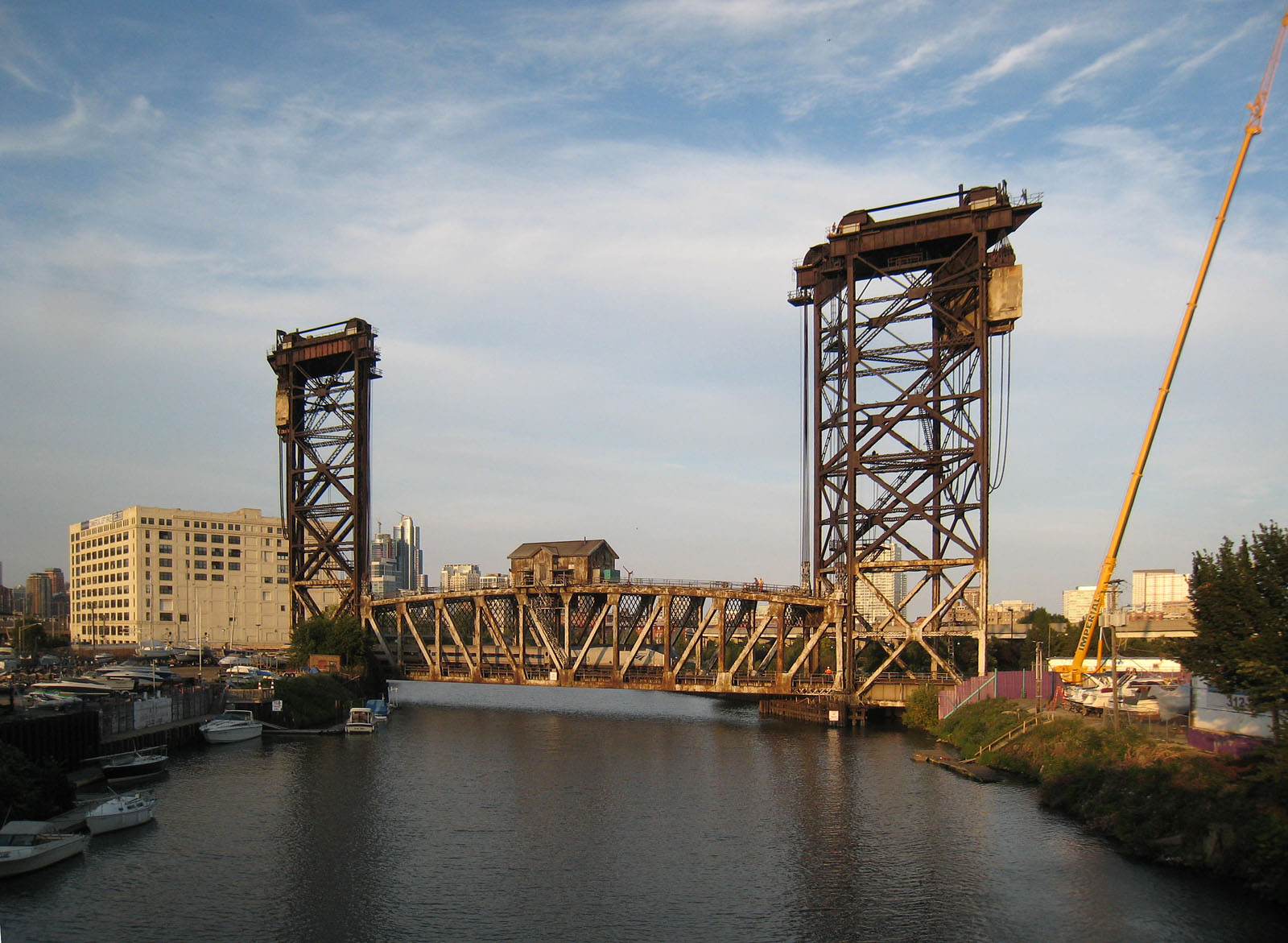Historians to the rescue!
By Jennifer Brandel, Dennis McClendon & John R. Schmidt

Historians to the rescue!
By Jennifer Brandel, Dennis McClendon & John R. SchmidtOne thing we’ve learned from hosting our open forum for random curiosities is that people are really curious about the history of our infrastructure. We’ve collected more than 550 questions so far, and more than half of them (321) have to do with history or urban planning. So, let’s chip away at this backlog, albeit with a modest start.
We’ve picked four high-priority questions and two experts to play the cleanup crew: John R. Schmidt, WBEZ’s longtime history blogger; and Dennis McClendon, Curious City’s most prolific (and enthusiastic) web commenter. We’ve been meaning to get John into the Curious City circle for a while, but if you don’t yet know the cut of his jib, check out his extensive archive. Dennis, though, may need an introduction.


Other Metra lines occasionally have to run trains on the “wrong” track at times to make way for track repairs or long freight trains.”
Whilst driving north on Canal Street from [Chicago’s] Chinatown, I saw once again the little (or big?) house at the top of the bridge near 18th & Canal. Who lives there? - Jodey Schonfeld

“That was the bridge tender’s shack when the bridge was built in 1915. Besides being a good place to see the boats coming up and down the river, and the trains approaching from north and south, it was where the bridge’s motors are housed. It may seem a bit odd to have the motors on the part of the bridge that lifts (you could liken it to pulling yourself up by your bootstraps), but the motors are attached to cables that are threaded through several sheaves on the towers, to act like a block-and-tackle. The motors stay dry and well-oiled inside the shack. Besides, when talking about a bridge leaf that weighs 1,500 tons, the weight of the motors is insignificant.
Today the bridge is operated by remote control. Amtrak operators in the control center at 14th & Lumber watch cameras and listen to marine radios to know when the bridge needs to be lifted. To keep the approach tracks into Union Station as level as possible, the bridge is only a few feet above the river level, so it’s raised frequently during the summer.”
When did the honorary naming of streets start? How many names can one street have? Who decides which names are chosen? Will they be named that honorarily forever?
- Sarah Lopez
Even today, honorary street names are not permanent. The 2700 block of North Central Avenue was once designated as Wally’s Jumbo Red Hots Way in honor of a local hot dog stand. The signs remained up long after Wally went out of business. Then, about a year ago, the city replaced the street lights along Central, and the Wally signs were gone. Maybe they’ll turn up in a garage sale?”
Why was the Western Avenue viaduct built? Was there so much traffic at the intersection of Western, Belmont and Clybourn that we needed a bridge to fly right over it? - Jill Westerfelhaus
The viaducts did do their job in making traffic flow better. But they were never popular with the local people because they are ugly, and they crowd the street at ground level. In recent years, the city has even begun to scale back some of the old 1930s-era viaducts; for example, Roosevelt no longer has a viaduct over State, and Central no longer has a viaduct over Grand. It all seems to be part of the movement to make the city more pedestrian-friendly, and to discourage auto traffic.”
Post Script
We thought it’d be fun to toss in a little “stump the expert” into our on-air segment with Dennis and John, so we took a question posed by Greg (who doesn’t even live in Chicago!) about wooden pavement. To our delight and amazement, Dennis gave it a rather good stab. Listen for yourself below:

